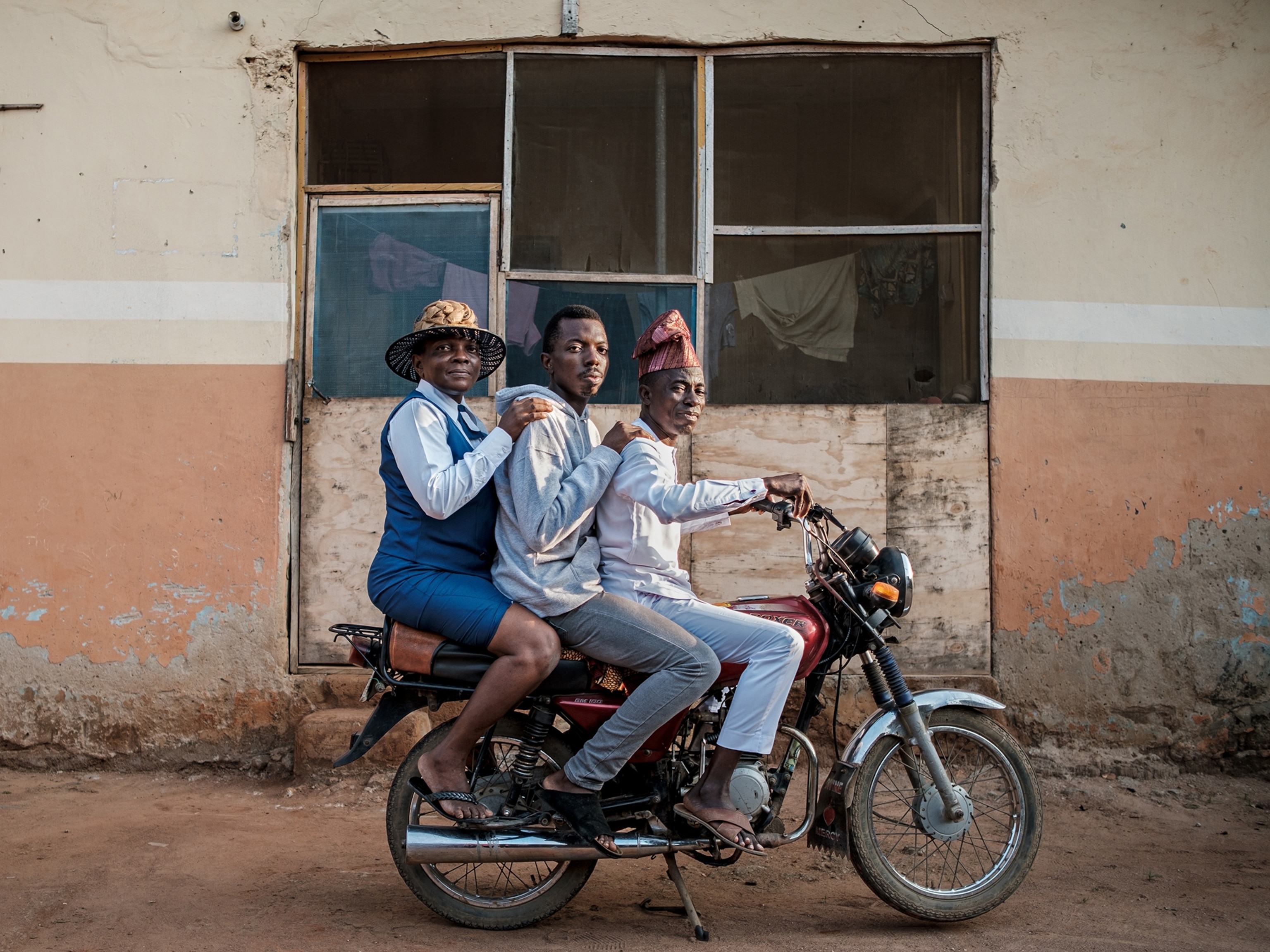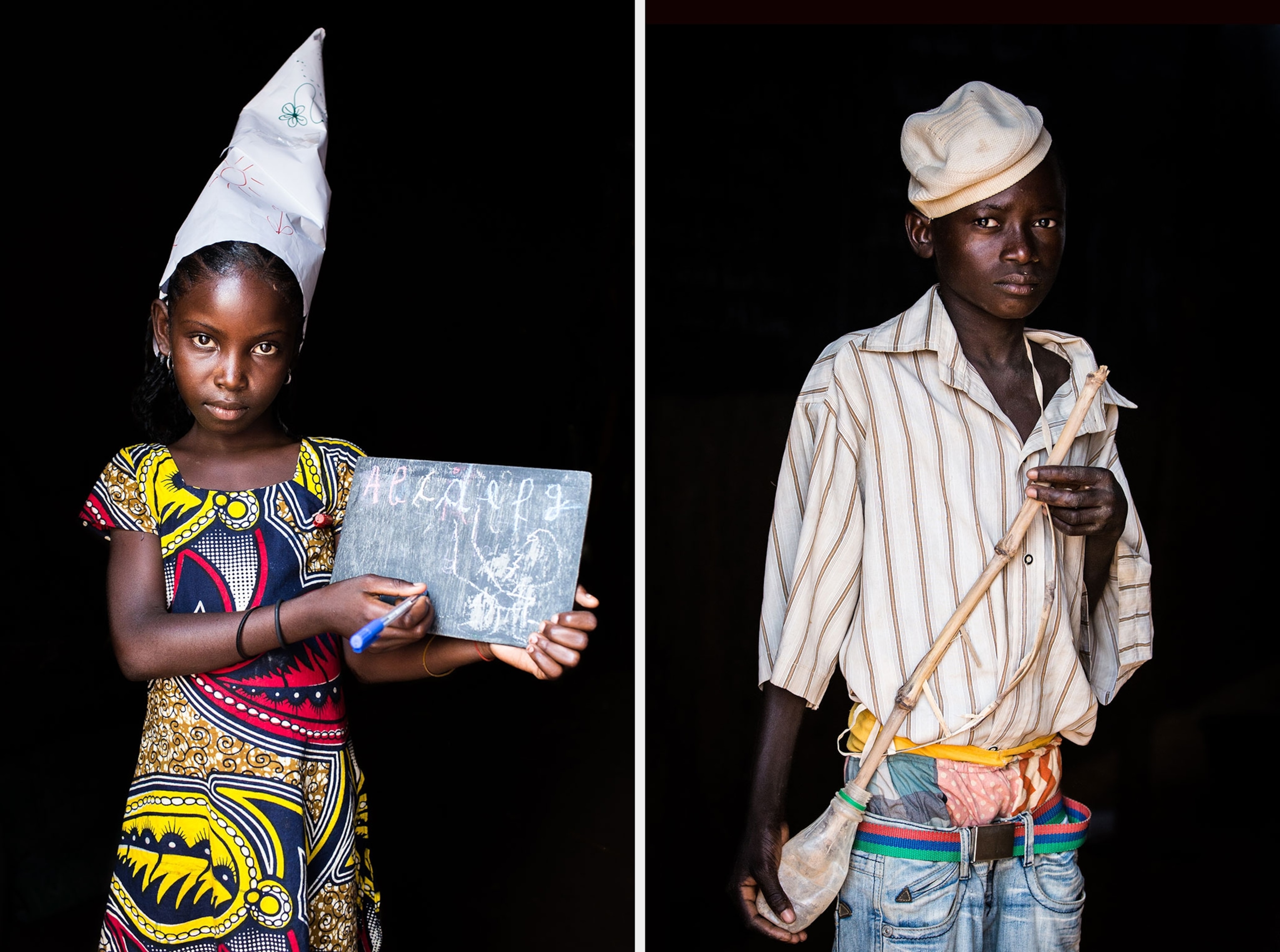
Dressing Up as the Future
“What do you want to be when you grow up?”
Vincent Tremeau has been asking children in Africa this question for the past year as part of his ongoing portrait project “One Day, I Will.” In the Central African Republic (CAR), he met future diamond collectors, a pilot, and shopkeepers. In Mali and Niger, journalists, nurses, and farmers. In Congo, almost half the boys came dressed as soldiers. In every country, there were teachers.
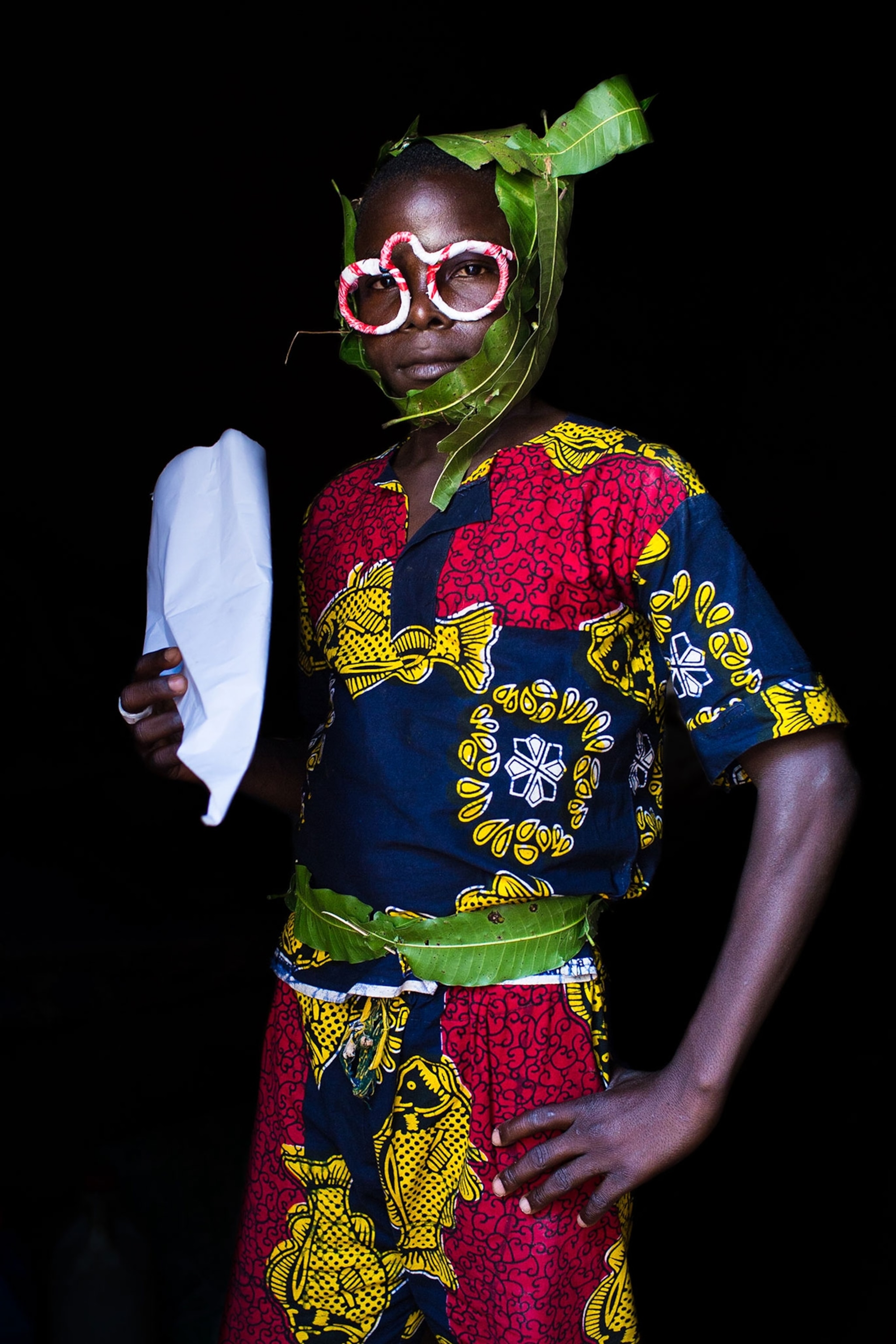
His idea began as an experiment—a way to play a game with the children he met while covering a story about internally displaced persons in the conflict-ridden CAR. A community of Muslims had been sheltered in a church for the past year, unable to leave for fear of being killed. The children were unable to go to school.
Tremeau remembers a girl who started crying as she told him her story. He began thinking of how he could tell the stories of these children in a way that focused on possibilities for their future rather than a present centered around daily survival.
He came up with an assignment for them: Find a costume that represents what you want to be when you grow up and have your portrait taken in it. He had no idea whether this would work, but it would at least be fun.
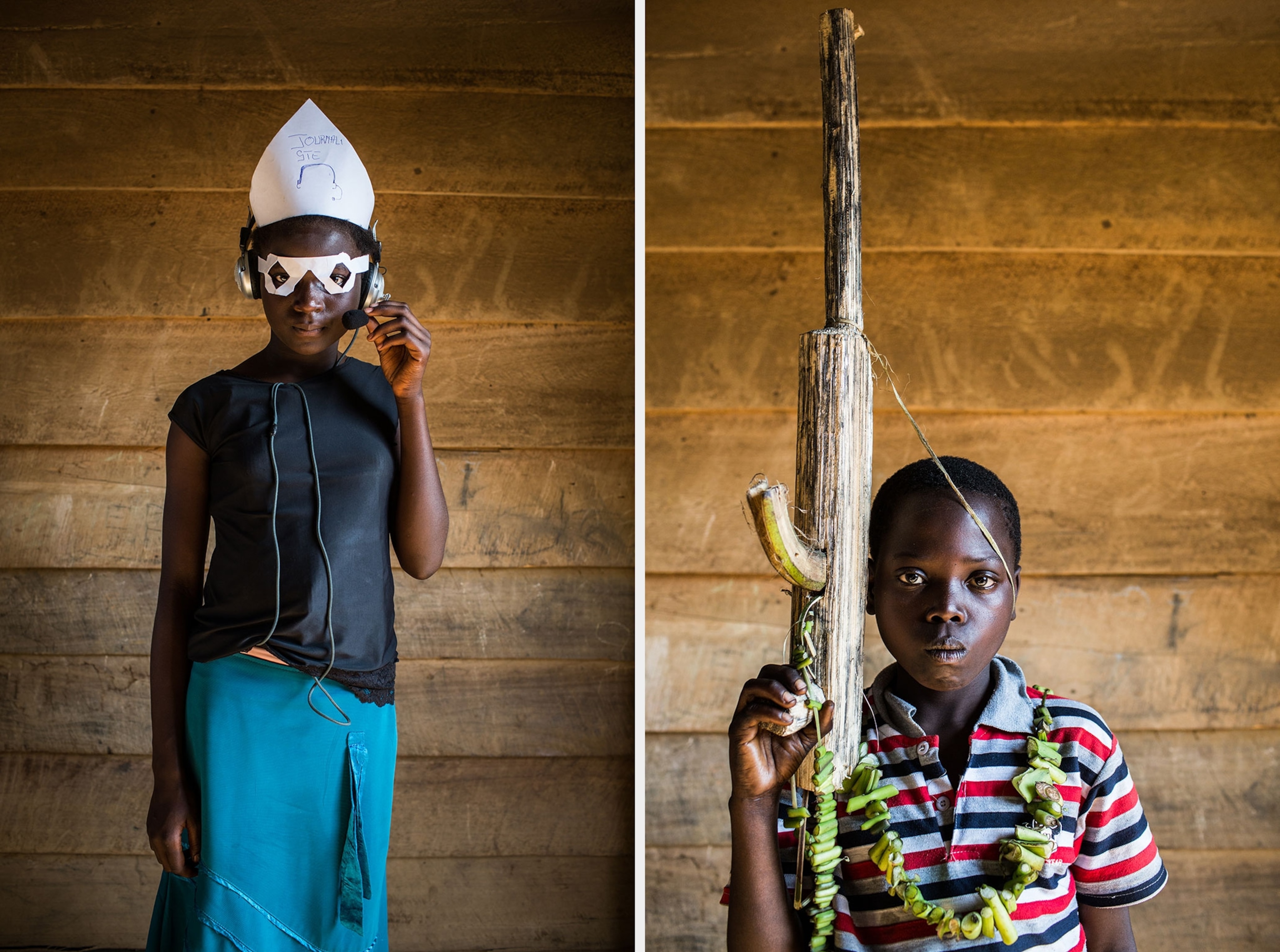
The originality of what the children came up with that day amazed him, especially given that they were making something with practically nothing—paper, leaves, and cloth.
He became curious about what results he would get elsewhere. He started replicating this idea while on assignment in other African countries—Mali, Congo, Niger. The children’s choices reflected their everyday experience: who they saw around them, what their parents did, who had directly influenced their lives. Many were pragmatic, some more aspirational.

But these choices also hinted at challenges inherent in their environments. In the diamond-rich CAR, Tremeau says, parents often take their kids out of school so they can help dig for diamonds in the fields. And in Congo, the number of boys dressed as soldiers speaks in part to the years of conflict they’ve witnessed. “In 15 to 20 years, when you grow up in this environment, of course there will be another war. If you don’t do proper work in the schools, or if you don’t [address] this, there will always be war.”
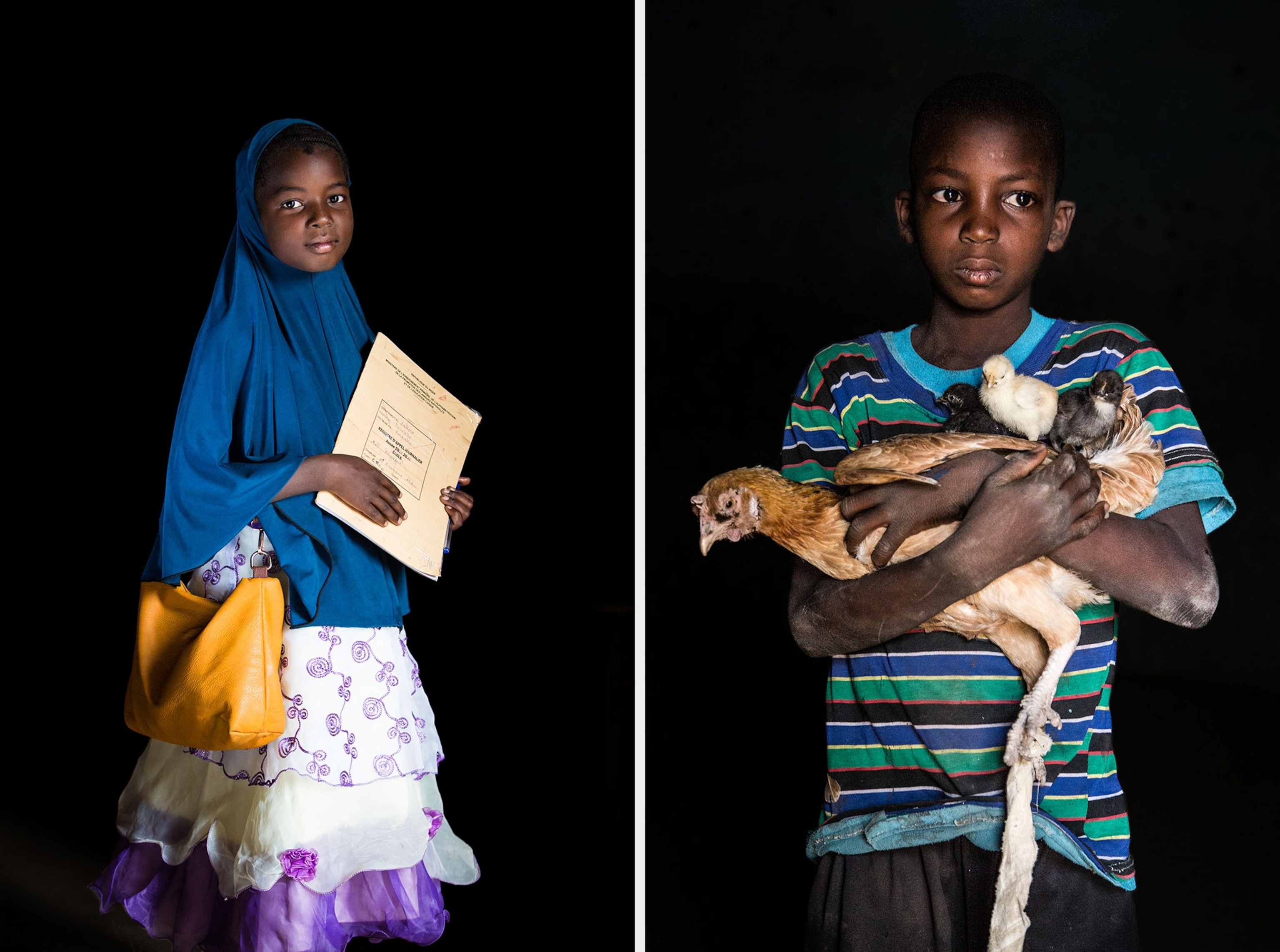
The importance of education as the cornerstone for success is top of mind for Tremeau, who’s from a family of teachers. “The pictures show a reality,” he says. “But you can go beyond the pictures to talk about issues like education and the development of young people. They are the future.” While his main focus is on countries where there are obstacles to education, he would also like to take portraits in different parts of the world as a way to compare inequalities that exist. And he would also like to see this activity being used as a teaching tool in classrooms.
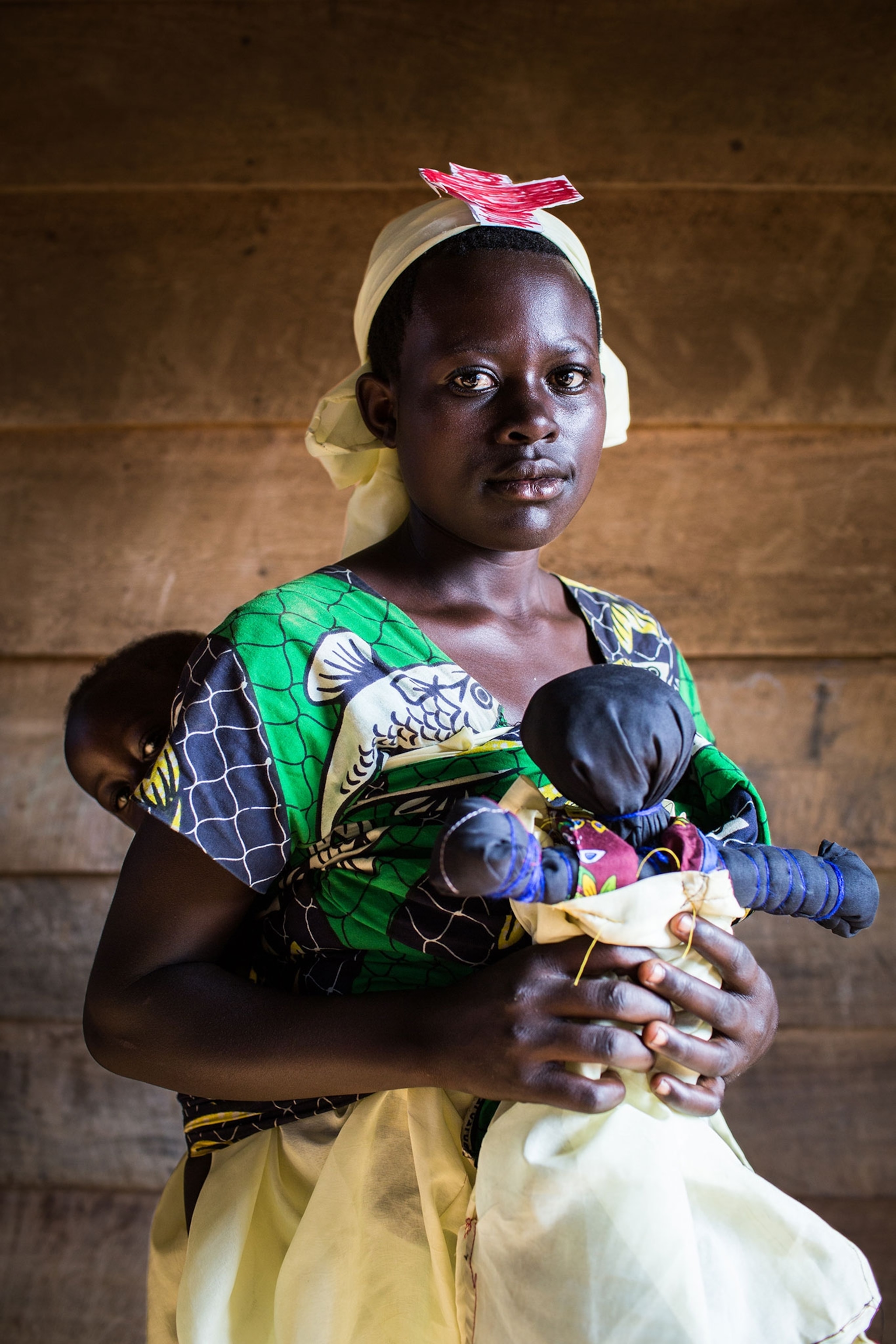
Tremeau gives the kids free reign to choose whatever they feel best represents them, providing as little guidance as possible to encourage their creativity. The intensity of their gazes brings to mind a seriousness beyond their years, but Tremeau says this happens only in the second before he clicks the shutter. Before that moment, they are like children everywhere—curious, full of laughter and joy.
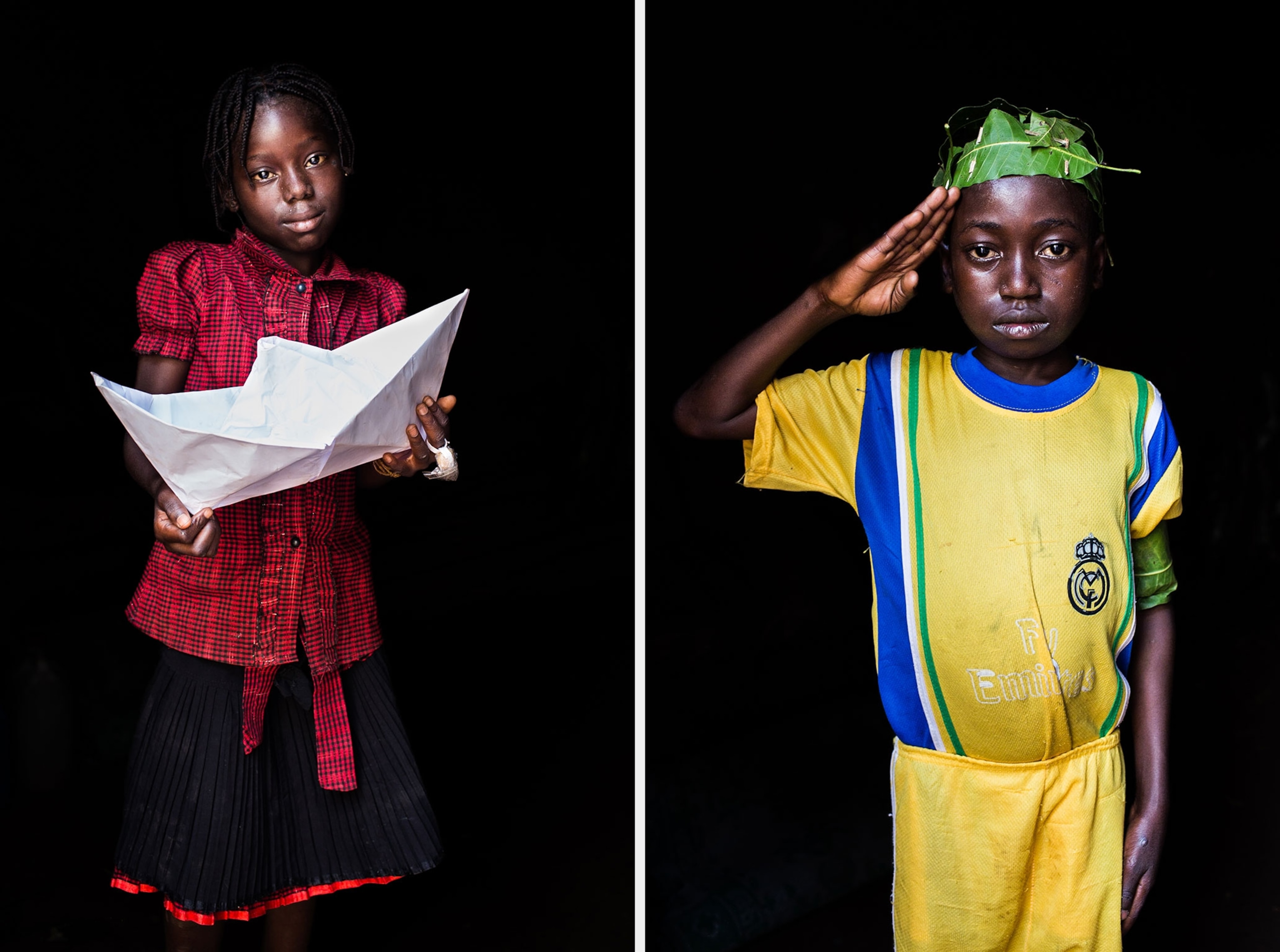
Follow Vincent Tremeau on Instagram @vtremeau and on his website.



